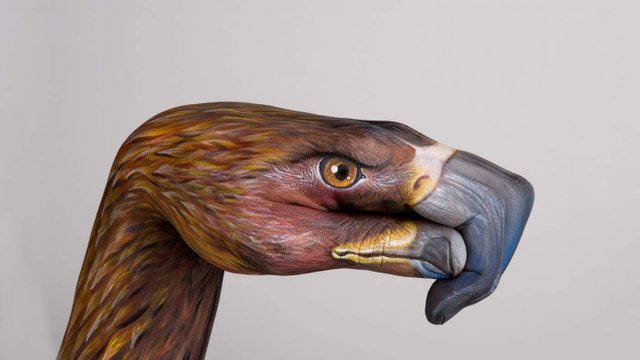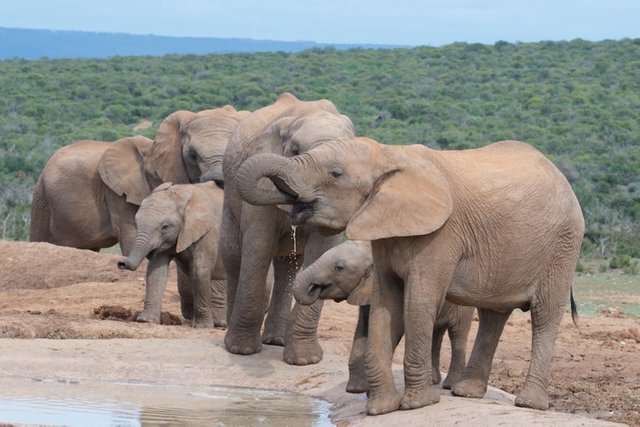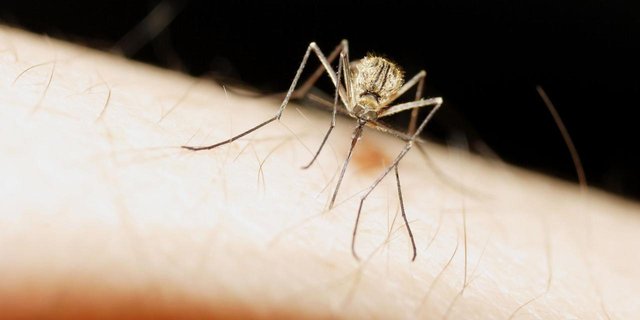Human Driven Evolution
Evolutionary Consequences of Anthropogenic Impacts

We have seen humans intentionally impact species to become pets, to help with hunting, farming, and of course rodent control. How are humans still driving evolution unintentionally and unpredictably?
Evolution, a long term survival strategy that has brought about every living being we know today. Evolution does not have a goal, nor does it have a purpose. If a genetic mutation takes place in an organism that benefits its survival and/or reproduction capacity there is a good chance the mutation will stick around for generations to come. This can take hundreds of thousands to less than fifty generations to occur.
In the past, species survival was only dependent on the natural ecosystem of the earth. Sometimes this was impacted by disasters or other species entering a sustained, healthy population. In this post I hope to uncover two cases of how anthropogenic forces have impacted species evolution. There are several species in all kingdoms of life that have been forced to change due to human tendencies. Additionally, there are many that have found ways to expose us in their pursuit of survival.
To fully understand this post it is key to remember that evolution has NO goal, and species are not using a mental capacity to direct these evolutionary changes. In addition I hope explain the difference between K and r selection, and how they direct the speed of evolution around humans.
Tuskless African Elephants

As we all are aware, poaching in Africa is out of control and has been for as long as all of us can remember. African elephants have always been targeted for their ivory tusks, especially the individuals with the ‘best ivory’; defined as largest and most beautiful tusks. When ivory is harvested from an elephant the individual is sacrificed and usually left to rot after a quick removal of the tusks. Elephants with ‘lesser’ or born with no husks are left to survive and will go on to produce additional offspring with the same condition. As a result of this elephants are predicted to be ‘tuskless’ in the years to come.
Elephants are a K-selected species. This means they reproduce in small numbers, but have high potential offspring. It is commonly known that the potential for a population wide genetic mutation in a K-selected species is lower for reasons of quantity of offspring created and longer time between generations. Knowing this fact, it is mind bending to understand how many generations of ivory collection has taken place to substantially impact the African elephant gene pool.
Subway Mosquitoes

As opposed to negatively impacting a species survival, there are many we have helped. I believe I stand with most and am not excited about the outcome of more efficient mosquitoes. The first documented case of these is a species of mosquitoes found in the London underground. Mosquitoes are an emergent insect; this means they live half of their life in a lake, pond, or dirty puddle found in the depths of public transportation systems. This species has adapted to living underground in many ways and has had a lot of time to do so as it no longer needs to seasonally hibernate in the warm underground stations.
In addition to year round breeding, this species of Culex mosquitoes can now reproduce in confined spaces as opposed in swarms. Another detail and potentially the scariest, the mosquitoes no longer need hemoglobin as their primary source of nutrients for reproduction. The subway mosquito can now gather enough nutrients from the dirty puddles they were hatched in. Unfortunately, it seems they will still take any opportunity they get to take a bite out of us.
Mosquitoes are an r-selected species. It requires far less energy to produce each individual allowing for far more offspring to be produced. This allows for much more rapid evolutionary changes in the genetic pool. Another great example of this is when bacteria adapt to our antibiotics so quickly and new ones must be used to defeat specific strains.
There are more examples of human driven evolution coming out all the time. Many are unrecognized to the untrained eye, so keep your eyes open on how species around you are being impacted.
For more info. see:
http://www.pnas.org/content/106/Supplement_1/9987
http://www.bbc.com/earth/story/20160323-the-unique-mosquito-that-lives-in-the-london-underground
http://www.bio.miami.edu/tom/courses/bil160/bil160goods/16_rKselection.html
https://grist.org/article/2011-05-05-how-humans-are-forcing-other-species-to-evolve/
Congratulations @spreadyourwings! You received a personal award!
You can view your badges on your Steem Board and compare to others on the Steem Ranking
Vote for @Steemitboard as a witness to get one more award and increased upvotes!